“Rosé is the fastest growing market segment across the world, and any shipper, wine shop or bar with a wine list comprising three pages of reds and a singular, lonely rosé or two is shooting its bottom line in the foot,” writes Gabay.
When I tell colleagues that yes, I’m still “banging on about rosé”, they imagine my life to be one of poolside sipping of insipid, pale pink wines. In reality, most of my work over the past couple of years seems to have been spent evading tastings on southern French beaches or pools. At one tasting in Provence, I was convinced a rosé had been aged in American oak, only to discover the winemaker was covered in coconutty suntan cream.
More often than not, it comes as a surprise when I ask for a wine’s technical details – which to be honest is even more surprising as most rosé tech sheets seem to be identical: grapes picked at optimal maturity, gently pressed to avoid any colour, fermented at cold temperatures in tank, and bottled early to deliver the freshest, palest wine with notes of red berries and grapefruit.
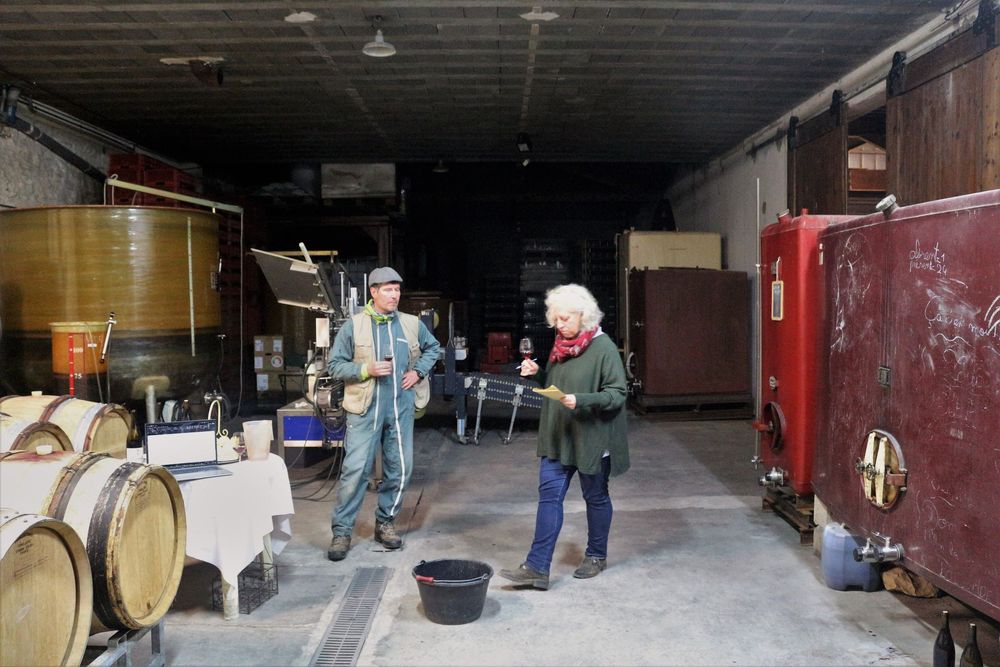
Elizabeth Gabay tasting with Gael Petit in Tavel
I’m interested in answers to questions that nobody else seems to be asking about rosé. What were the harvest dates? Why were they chosen? What about clonal selection, rootstocks? Are the vines planted on sandy or clay soils? Is the oak (“oaked rosé ? quelle horreur !”) French or American? These matter for rosé just as much as any wine. “Direct press” seems to describe all pink wines nowadays, but what about the temperature and pressure curve during the pressing, the size of the press, the length of skin contact before or during pressing, fermentation temperature and yeast selection – the range of possibilities is huge, unlike the rosé list at most retailers, wine bars, or shippers, which rarely go further than one or two choices, usually Miraval or Whispering Angel.
Wine buyers and critics who are great at tasting red and white are reduced to clichés when it comes to rosé. Gone are the descriptive tasting notes, replaced by platitudes about wines being ‘seductive’, ‘feminine’, ‘easy-drinking’ or, the worst of all, ‘pale’. Notes of sense of terroir, vintage character, structure, depth and complexity just fly out the window. To quote a sorely misguided colleague of mine writing in Decanter, “seduction (via colour, scent and flavour) is more important for rosé than for any other wine”. I feel sorry for the vignerons who pour their heart into making good wine from the terroirs that they love, only to be told that it isn’t seductive or sexy enough.
This simplistic view of rosé goes against my MW training. Whether or not I like all rosé (and I do not) is besides the point, but it should at least be given the chance to be evaluated in the same way as other wines.
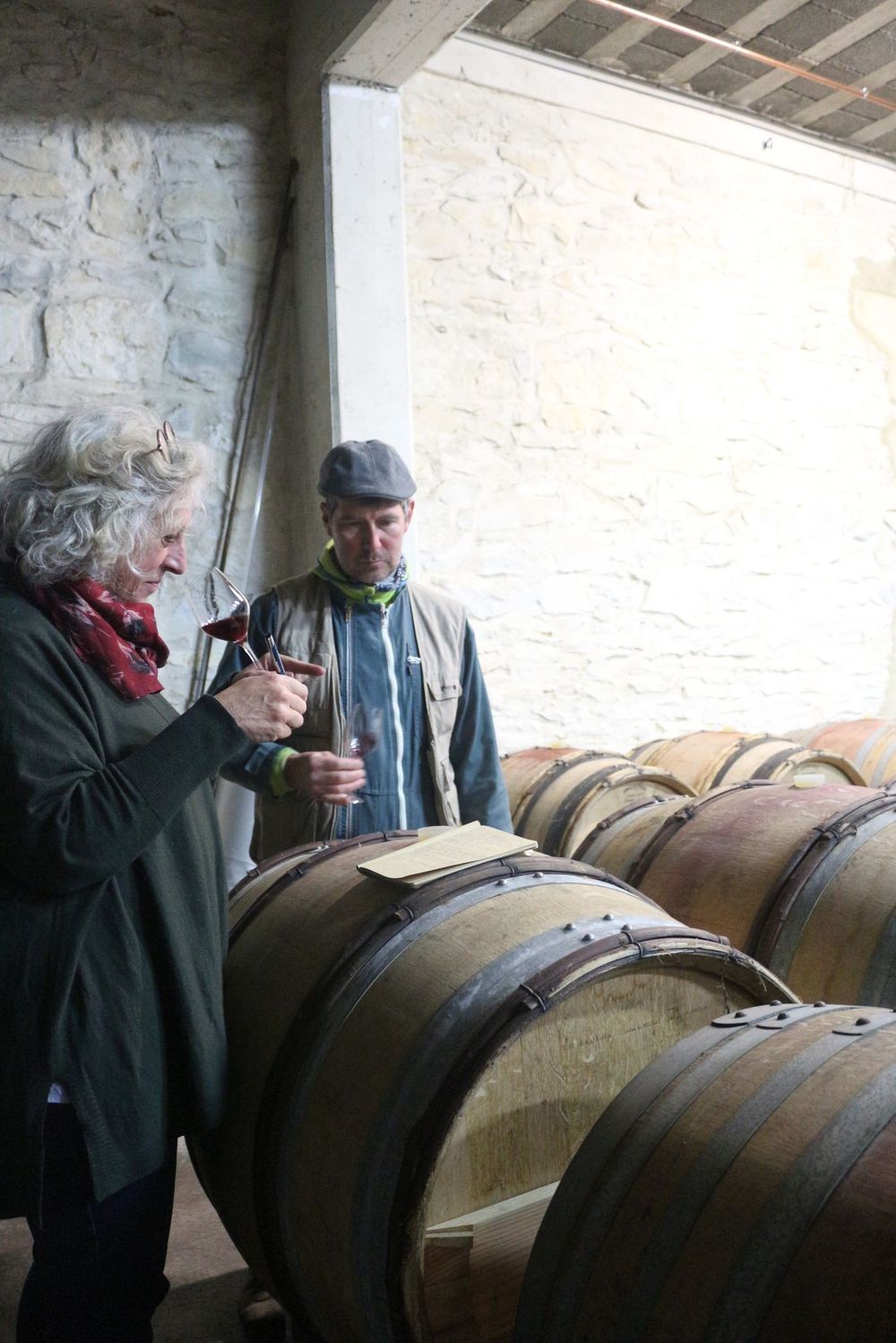
Elizabeth Gabay tasting with Gael Petit in Tavel
Thus started my voyage of discovery: working on identifying regional styles, typicity of grape varieties, terroir, winemaking. As soon as I started using more serious analysis, the rest fell into place and there is nothing more satisfying than distinguishing the Vacqueyras from the Gigondas (rosés!) in a blind tasting.
It hasn’t all been plain sailing. There have been thousands of reductive, stinky, sulphurous wines from across the world, and it has been heart-breaking to see good wines worsen with every vintage as market pressure drives the winemakers towards the palest, dullest wine to suit chauvinistic wine buyers. Some producers have told me that their buyers do not even bother to taste the wines, choosing on pale colour alone.
That is not to say either that dark rosé is necessarily better – but it does highlight producers with confidence, who try and make good wines regardless of trends and fashions. Likewise, I always look out for, and recommend, rosés in dark bottles. These immediately stand out to me as wines that sell on the basis of the story and winemaking behind rather than the prettiest pink; and they are saved from lightstrike, a wine fault that, like corkiness, is entirely down to packaging – and affects up to a quarter of all clear bottles I have sampled. Other than this, there are no hard and fast rules when it comes to picking a rosé. A producer who makes great red and white does not necessarily make great rosé. Little is given away, and there is really no clear clue as to style and quality until the wine is tasted.
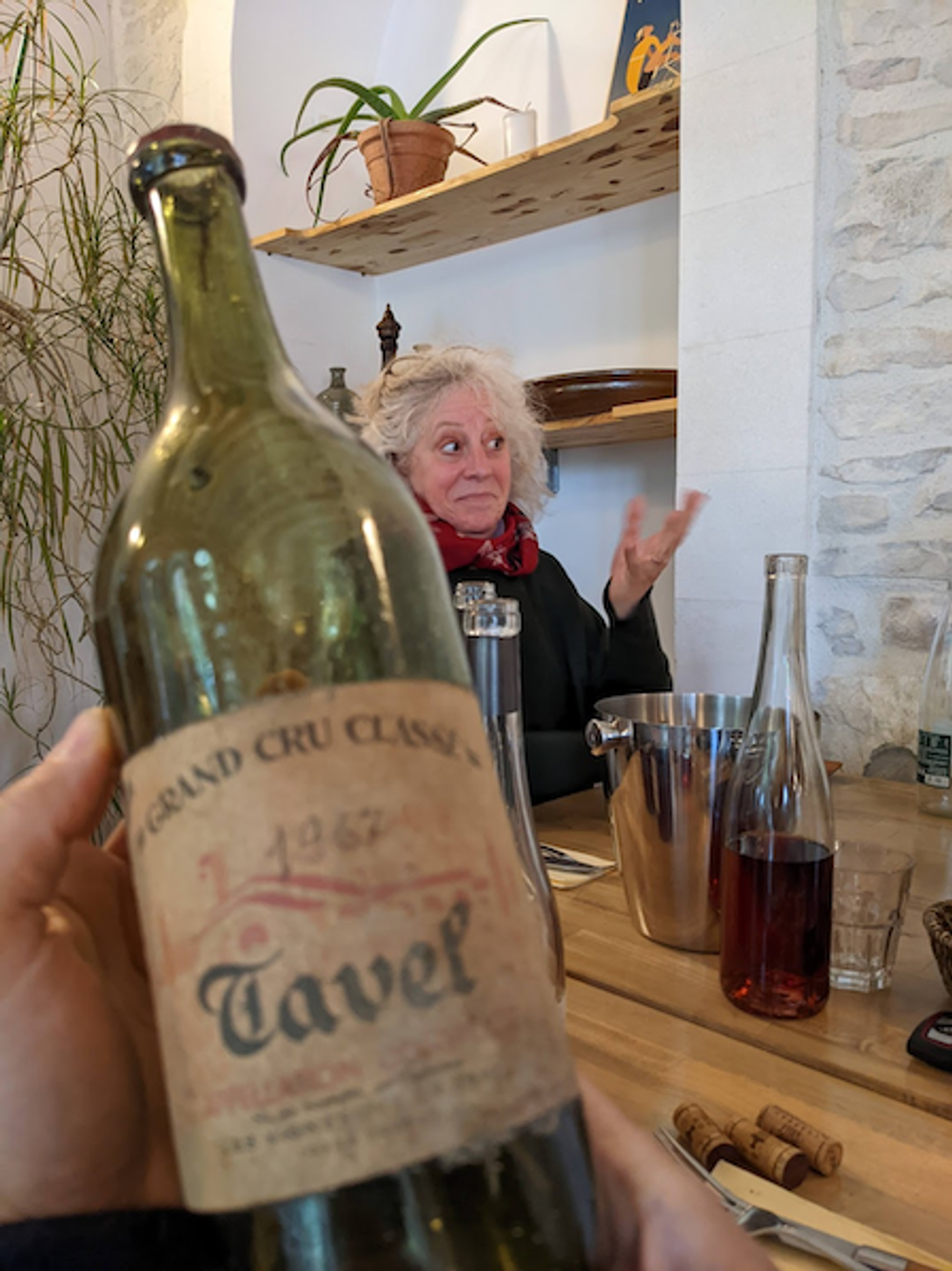
Despite this, in France, rosé outsells white wine, and even outsells red wine for a good four months of the year. Consumers genuinely love it. The last dinner party I hosted for MWs and somm friends ended with half-drunk bottles of red, and a large assortment of empty bottles of rosé that were being taken from the fridge faster than we could (lightly!) chill them. Rosé is the fastest growing market segment across the world, and any shipper, wine shop or bar with a wine list comprising three pages of reds and a singular, lonely rosé or two is shooting its bottom line in the foot. Rosé belongs at every price point, in a range of styles, and can appeal to any kind of consumer, at any time of year. Upsell your rosé, don’t fight it. My message to anyone in the wine trade is simple: give rosé a chance.
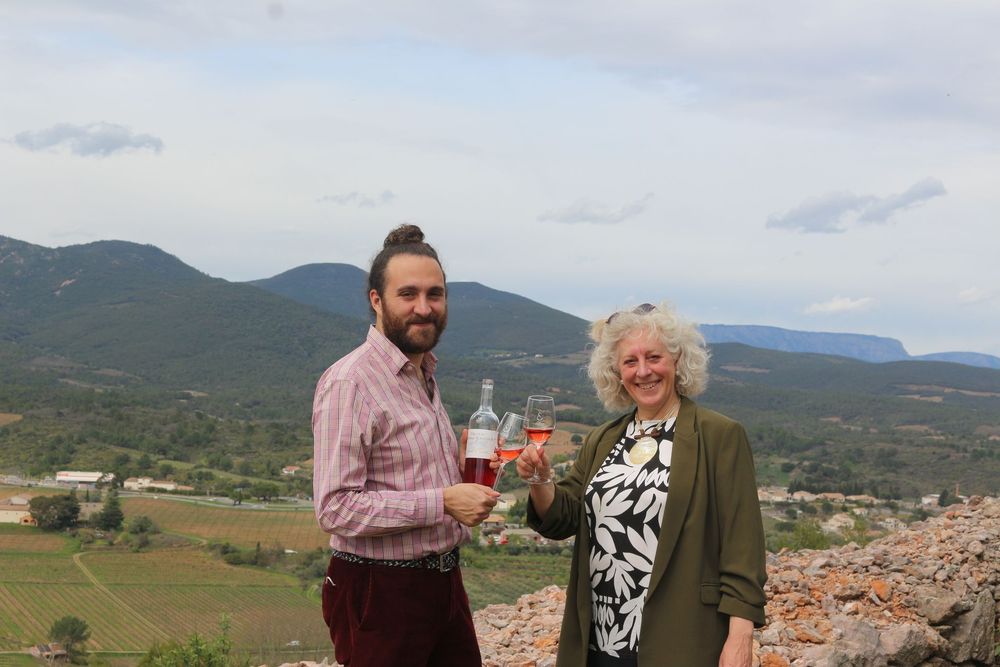
Ben Bernheim and Elizabeth Gabay
Elizabeth Gabay MW, together with her son Ben Bernheim, have been focusing on rosé for over five years and their latest book, “Rosés of Southern France”, embraces the growth in the rosé market, and looks at rosé as a real wine, with an in-depth approach never before taken for pink wine across Provence, Bandol, the Rhône valley and Languedoc-Roussillon.
An in-depth section on viticulture and winemaking for rosé helps to clarify how and why rosés are made and are different. Maps, terroir, high-end premium wines and vertical tastings give extra information to see how they age (only one estate had no older vintages), and we taste back to 1976 to see how the wines of Provence, Bandol and Tavel age with a summary of the character of every vintage.
We expressly decided not to make this a glossy coffee table book, even though we had a pile of stunning photos. Our vision was that just as the book was the result of exploring the diverse rosé styles, creating a handbook for trade, sommeliers, consumers. We would love to see signs of use – muddy fingerprints, wine glass stains, notes written in the margin. We hope this book will help wine buyers look for variety to compose a balanced wine list, to educate others about rosé and to select wines for purchase.
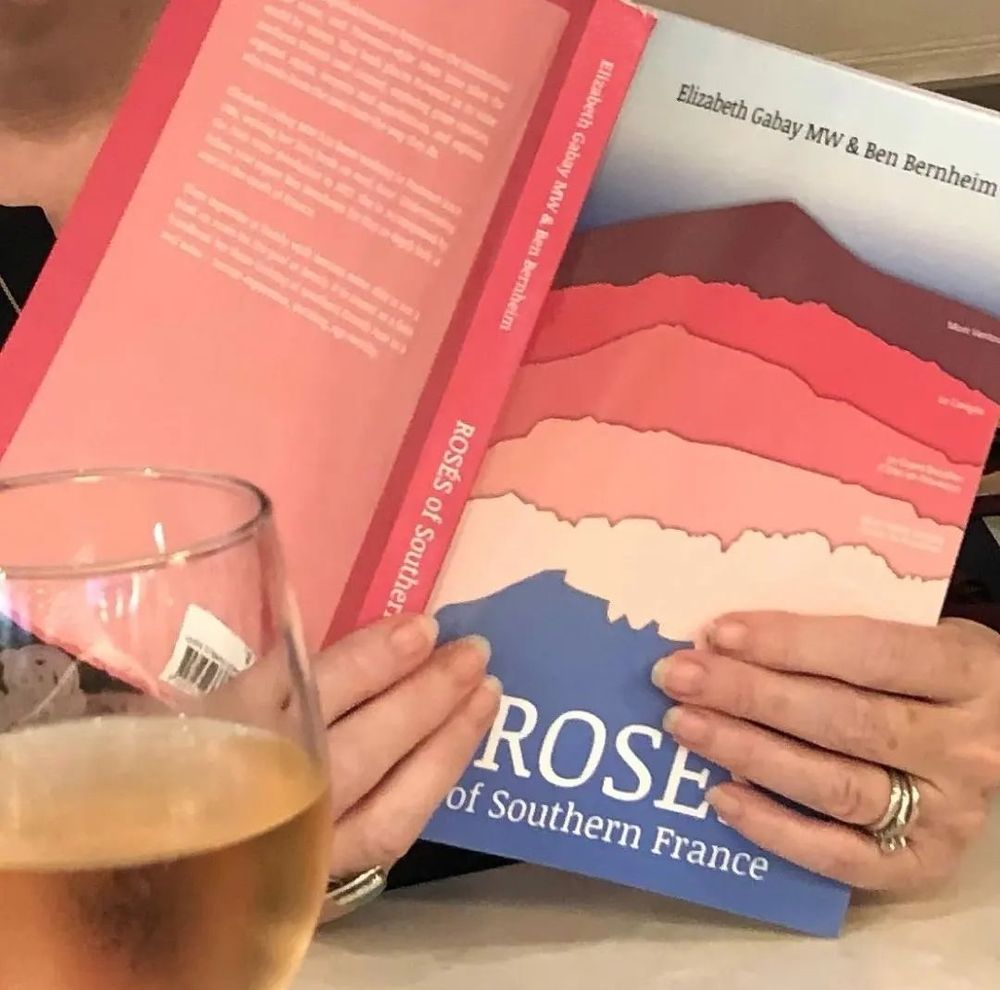
Publication: July 2022 pp 245 $27 £22 €25
Sold through Amazon Click here
For further information, photos, pdf press copy, please contact elizabeth@winepeople.org










































